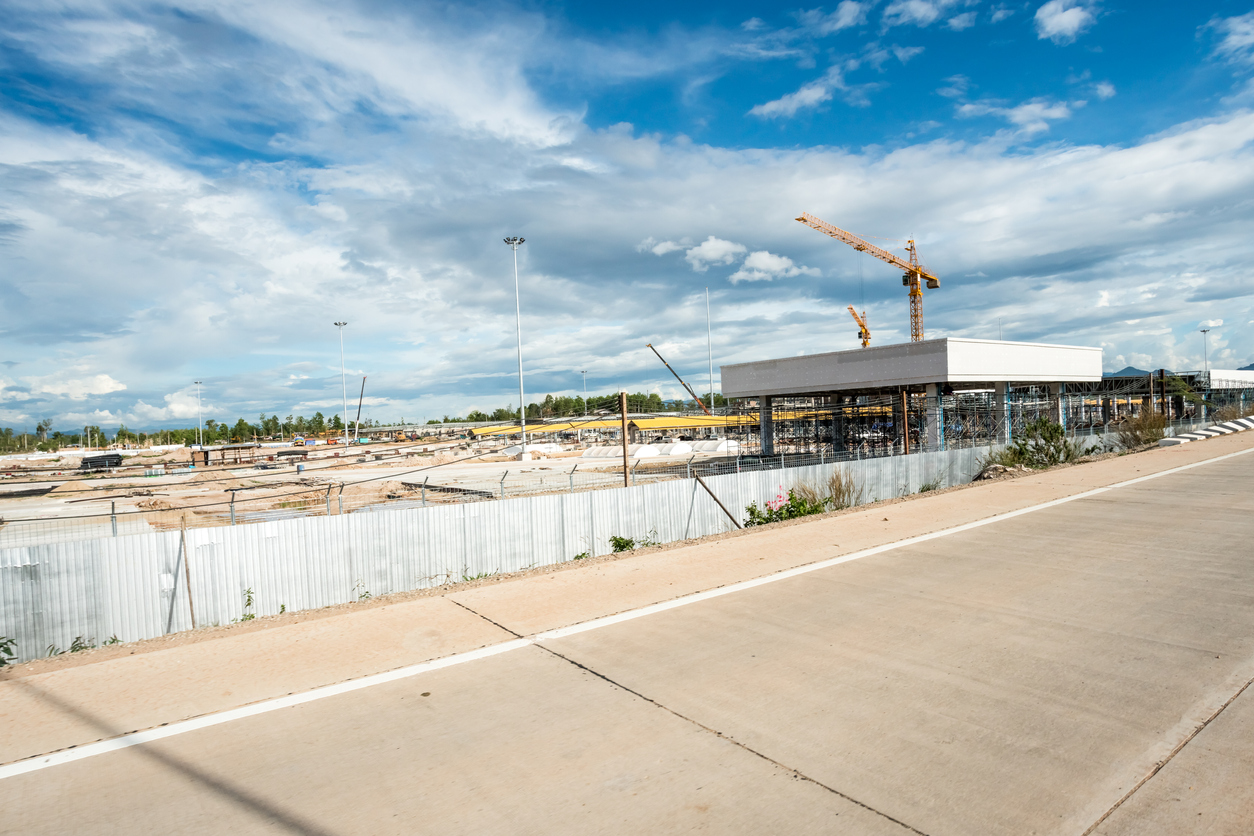Major cities are constantly transforming. Old buildings are replaced with new structures and use. A historical tenement building, for example, is demolished to make way for a shiny, new glass condo tower or hotel. More often than not, when a building is demolished for a new build, there is at least one building adjacent to the demolition and new construction site. This presents a risk for the adjoining building during demolition, excavation, and subsequent construction, potentially damaging its structural integrity if proper risk-mitigation measures are not implemented.
The potential problems for adjacent properties that can be caused or exacerbated during the construction of a new build include cracks in the foundation, building façade movement, and new or changing load patterns. Interior finishes like drywall and plaster may also crack. Airborne debris and over-pressure waves are two common causes of damage. Additionally, ground vibrations can cause adjacent structures to shake and, if severe enough, can cause damage and soil settlement.
In most cases, when a neighboring property is damaged, the building codes are very clear about who is responsible. Property developers are responsible for ensuring that their work does not cause damage to neighboring properties. Lawsuits often arise that involve the developer, architect, and engineer seeking compensation for the property damage to the adjacent building.
Risk Mitigation Is Key
Deep excavations and the use of heavy vibrating equipment near existing structures are frequently required for construction projects in urban and other congested environments. These activities necessitate detailed planning and engineering to avoid causing damage to adjoining buildings and structures. Communication between all parties involved in the adjacent building and the owner of the new building is imperative. Excavation and design details must be reviewed, with architects and engineers conducting a pre-construction survey of all adjacent structures and discussing what measures should be put in place to provide structural support.
Risk-mitigation measures include careful planning and sequencing of the construction, frequent monitoring and surveys of adjoining buildings during construction, periodic vibration monitoring, determining whether there will be any groundwater issues and how to address them, and getting a geotechnical report that clearly identifies the underlying soil strata and geologic conditions, among many other precautions to minimize or prevent damage to adjacent properties.
Seneca Insurance Companies believes that a proactive approach is best. Insureds with properties adjacent to planned construction need to open communication with all parties involved. Documents outlining the excavation plans and design should be shared with building engineers so that plans for additional measures can be taken to provide structural support among the many concerns.

